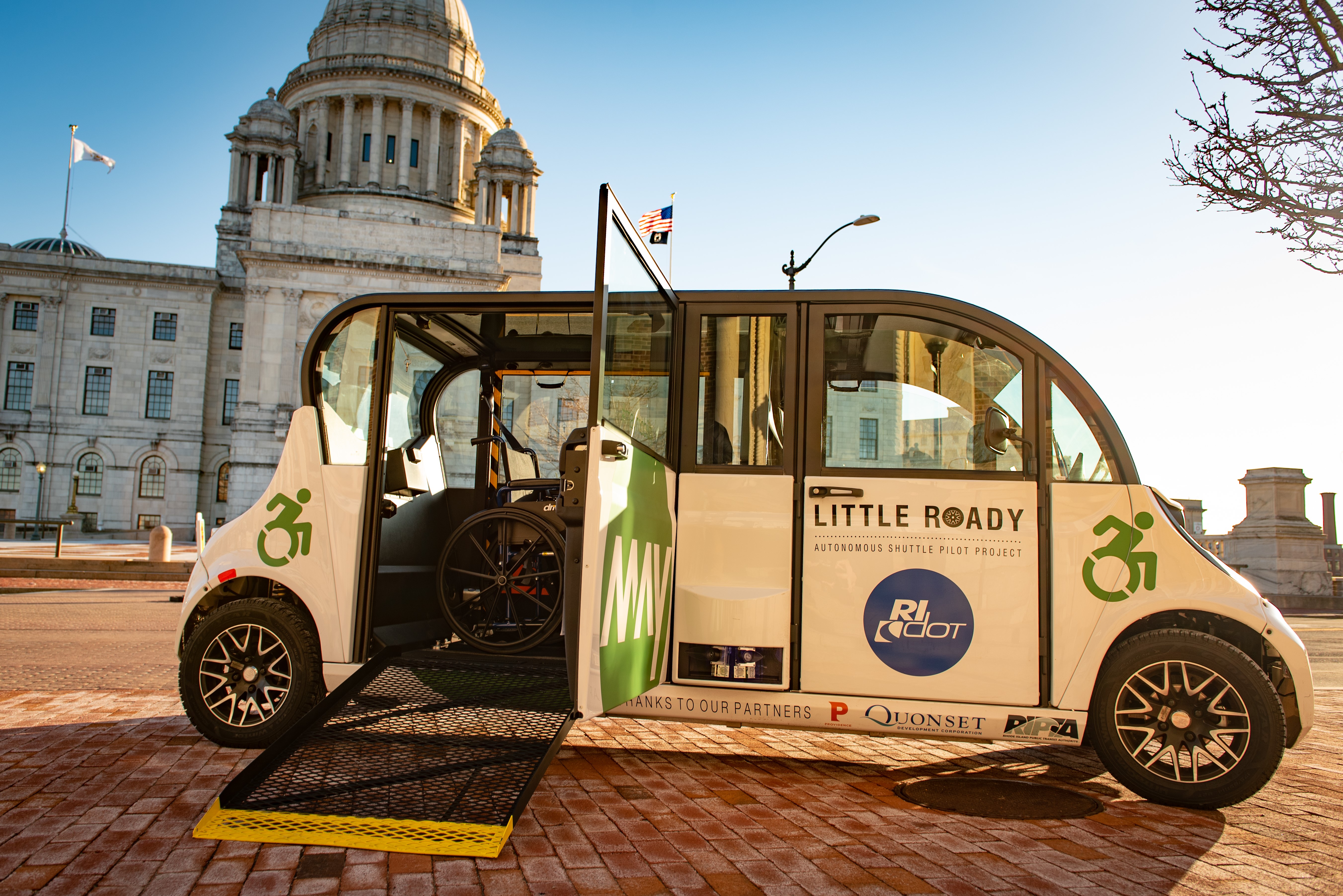Self-Driving Shuttles Are Changing City Commutes
-
-
MIT Technology Review
Recommended

In early 2020, a fleet of low-speed autonomous electric vehicles began transporting commuters between their workplaces in downtown Detroit and a parking lot half a mile away. Similar fleets are in place to shuttle workers, commuters, and residents through urban neighborhoods in Grand Rapids, Michigan, and Providence, Rhode Island.
“There are lots of companies working in the autonomous—vehicle space,” says Edwin Olson ’00, MEng ’01, PhD ’08, founder of May Mobility, the Michigan-based startup that operates the fleets (which, at press time, had been temporarily suspended to comply with Covid-19 social distancing guidelines). “But I think we’re the only one of those companies dedicated to showing a real path to profitability.”
Born in Bloomington, Minnesota, Olson caught the autonomous-car bug as a grad student when he joined an MIT team for the 2007 edition of the Defense Advanced Research Projects Agency (DARPA) Grand Challenge for driverless vehicles. After earning his PhD, Olson joined the computer science faculty at the University of Michigan at Ann Arbor. He has participated in autonomous-vehicle programs at Ford and Toyota.
Yes, it’s interesting to make and operate a driverless vehicle. But what’s even more interesting is to use that technology to provide a service that reduces congestion, makes better use of space, and, over time, can change the way we live in cities...
Olson founded May Mobility in January 2017. The company operates 25 autonomous shuttles in three US cities. Its eco-friendly vans accommodate five passengers plus an attendant. To date, May Mobility has logged over 250,000 revenue-generating rides (municipalities and business associations pay for the service; the rides are free to patrons). In addition to providing “last mile” service, Olson believes, this type of transport could help transform urban neighborhoods, replacing noisy, car-choked streets with quiet pedestrian zones serviced by autonomous “clean” vehicles.
Part of what sets May Mobility apart is its technology: in place of rules-based intelligence, the company developed a decision-making system that peers 15 seconds into the future and evaluates up to 2,000 potential outcomes in a single second. “This enables our vehicles to make an informed choice whether to pass another car or brake,” Olson explains.
“I’ve always been less interested in proofs of concept than in solving real-world problems,” he says. “It’s the ethos we live at MIT. Yes, it’s interesting to make and operate a driverless vehicle. But what’s even more interesting is to use that technology to provide a service that reduces congestion, makes better use of space, and, over time, can change the way we live in cities, with green spaces and affordable housing in place of traffic jams and parking lots.”
This article originally appeared in the July/August 2020 issue of MIT News magazine, published by MIT Technology Review.
Photo (top): May Mobility's "Little Roady" autonomous shuttle in Providence, Rhode Island. Photo courtesy of May Mobility.








